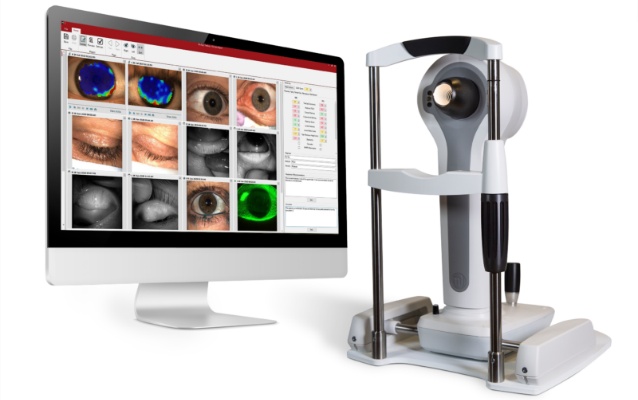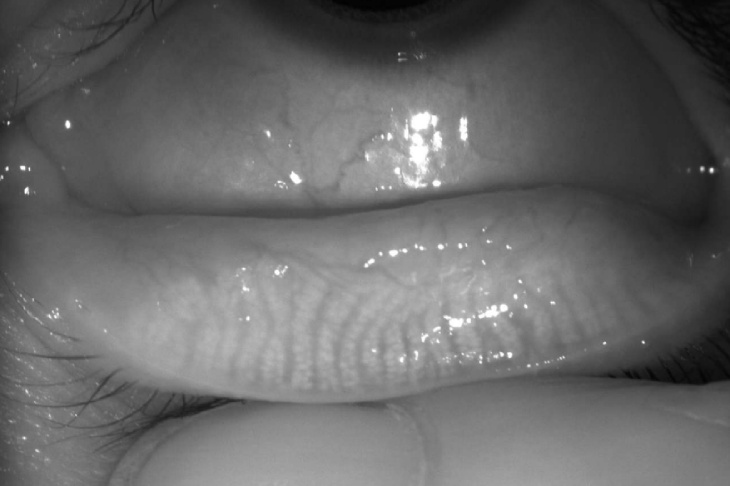Dry eye disease is one of the most common ocular conditions, affecting millions worldwide. It causes symptoms like irritation, redness, burning, and fluctuating vision and significantly impacts daily life.
While many factors contribute to dry eye, one of the leading causes is meibomian gland dysfunction (MGD), which affects the quality and stability of the tear film.
To accurately diagnose and manage MGD-related dry eye, Clarity Eyecare uses meibography, an advanced imaging technique that provides valuable insights into the health of the meibomian glands.
What Is Meibography?
Meibography is a specialized imaging technology that allows eye care professionals to visualize the structure and function of the meibomian glands.
These glands, located in the eyelids, produce the essential oils that prevent tears from evaporating too quickly. When the meibomian glands become blocked, inflamed, or atrophied, dry eye symptoms result. Meibography provides high-resolution images of these glands, helping eye doctors detect changes early before symptoms become severe.
At Clarity Eyecare, we use the Medmont Meridia for both meibography and corneal topography. Corneal topography maps the surface of the cornea, providing valuable insight into irregularities that may contribute to dry eye discomfort or affect tear film stability. Combining these advanced diagnostic tools allows us to assess eye health more comprehensively and tailor treatment to your needs.

How Meibography Helps Diagnose Dry Eye
Traditional dry eye evaluations rely on symptom assessments, tear film analysis, and clinical exams. However, these methods do not always reveal the underlying gland dysfunction. Meibography enhances the diagnostic process by:
- Identifying gland structure changes: It detects gland dropout, shortening, or atrophy, key indicators of MGD.
- Assessing severity: By grading gland loss, eye doctors can classify MGD and tailor treatment plans accordingly.
- Early detection: Even before symptoms appear, meibography can reveal gland damage, allowing for early intervention and prevention of worsening dry eye.
Personalized Dry Eye Treatment with Meibography
Understanding the condition of the meibomian glands allows for targeted treatment strategies. At Clarity Eyecare, meibography results help customize treatment plans, which may include:
- Lid hygiene and warm compresses: To improve gland function and stimulate oil production.
- Prescription medications: Anti-inflammatory eye drops or oral medications to reduce inflammation and improve oil secretion.
- In-office therapies: Procedures such as thermal pulsation treatments, intense pulsed light (IPL) therapy, and manual gland expression to restore gland health.
- Nutritional support: Omega-3 supplements to promote healthier meibomian gland secretions.
Why Choose Clarity Eyecare for Dry Eye Management?
At Clarity Eyecare, we are committed to investing in the latest technology to provide accurate diagnoses and effective treatment plans. The Medmont Meridia device allows for precise imaging for both meibography and topography, providing a thorough understanding of your eye health.
If you experience dry eye symptoms, our team can assess your meibomian gland health and recommend solutions tailored to your needs. By addressing the root cause of dry eye, we help restore comfort and protect long-term eye health.
If you’re struggling with dry eye, schedule an appointment today and take the first step toward relief!




